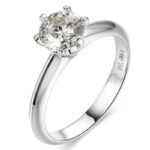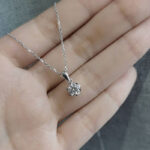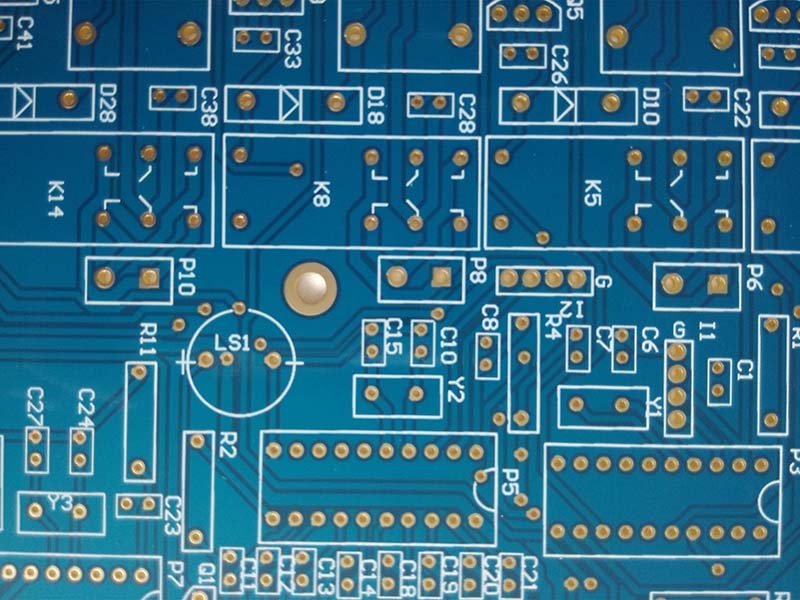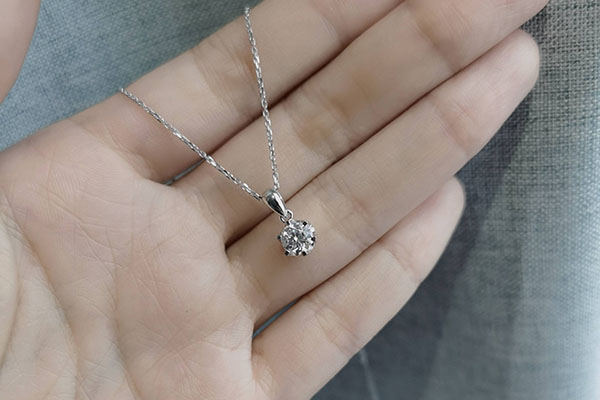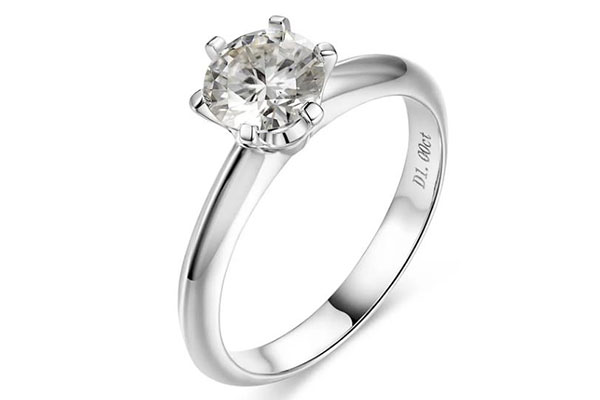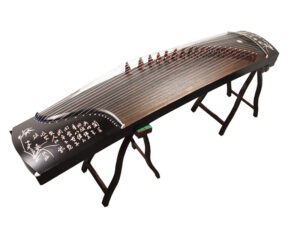As the name suggests, 4 Layer PCBs are boards of 4 layers. The four layers are mainly the top layer, the bottom layer, the VCC or power input, and the GND or ground. Through, bury and blind holes create the connection between these layers. 4-layer PCBs have many advantages, such as producing higher-quality signals by decreasing distortion and propagation. As a result, engineers prefer using 4-layer PCBs as they have high signal integrity, low interference levels, and low 4-layer PCB cost. The factors that affect the cost of 4-layer PCBs are given below.
- Size of PCB
The size of a PCB is one of the most crucial factors that affect the 4-layer PCB cost. The size depends on the number of circuits and the constituent components in the device. A larger device like a computer requires larger PCBs, and smaller devices like watches function on smaller PCBs, and the 4-layer PCB cost varies accordingly. The design of the circuit also affects the size; if the device is compact, it saves up space, and if it is spread out, it will lead to larger PCBs, ultimately leading to more expensive PCBs.
- Choice of Material
The formation of the circuit board dramatically affects the cost of the PCBs. Devices that function in intense environments require more robust and expensive materials. Knowing the device’s requirements is essential to make the calculation process easier. Some common factors include thermal reliability, heat transfer, temperature reliability, signal performance, and mechanical properties. It is important to remember what features are the requirement of the device, and the design should only entertain some unnecessary features. This step would make your PCB function better and lower the 4-layer PCB cost.
- Size of Hole
The number and thickness of the holes in your 4-layer PCB affect the cost. 4-layer PCBs generally require more holes than other PCBs as the holes help join the layers together. However, the circuit’s design dramatically affects the price of your PCB. Larger holes require more work; however, if the holes are too small, the manufacturer will need special tools to drill them. In addition, thicker materials will require more power to drill than thinner materials, affecting the overall 4-layer PCB cost.
- Finishing
The type of finish over the PCB also affects the production cost. Using low-cost treatment methods such as HASL helps reduce the cost. Such approaches offer good qualities like solderability but could be stronger in other departments. Categories like ENIG are better finishing techniques as they provide more options and features, enhancing the performance of your PCB. However, the more fashionable the PCB is, the more expensive it becomes.
- Spacing and Tracing
It is essential to have sufficient space for tracing for your circuits to function correctly. If the circuit is small and complex, the wires may heat up and destroy it, so the design of the PCB should be as such that there is enough tracing space. However, more tracing space means a wider PCB which would ultimately mean a higher 4-layer PCB cost.
- Customization
Customizing PCBs to the customer’s needs adds to the 4-layer PCB cost. Customers submit designs that differ from the standard designs, for which companies have to go out of their way to create the PCBs. This process is more expensive than standardized PCBs because PCBs are produced in bulk, and the companies go out of their way to make the PCBs which cost more.
Conclusion
Many factors decide 4 layer PCB cost, such as the board’s size, the material’s quality, and other design specifications. Therefore, experts advise customers to get a price quotation before constructing a PCB. One of the best places to build 4 layers of PCBs is Eashub PCB.

